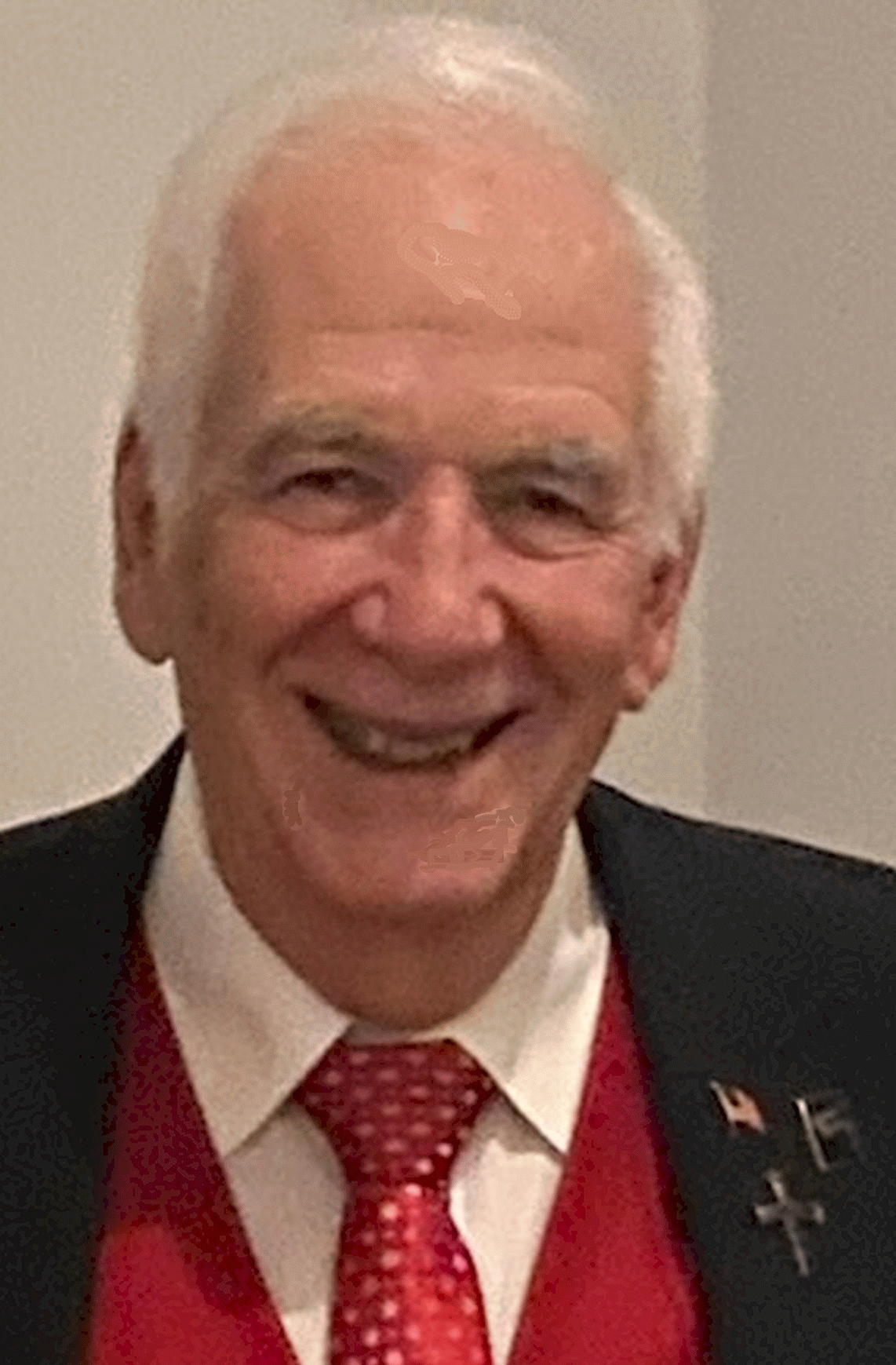
|
Prayer in Schools
by Jim Hopkins, school board member (2008 - 2023)
 In 1962, the Supreme Court held that the Establishment Clause
prohibited the recitation of school-sponsored prayer in public schools. The recent Kennedy v. Bremerton School District Supreme Court decision
did not overturn the 1962 decision. But it overruled many legal
precedents and opened the door for prayer in public schools by
employees.
In 1962, the Supreme Court held that the Establishment Clause
prohibited the recitation of school-sponsored prayer in public schools. The recent Kennedy v. Bremerton School District Supreme Court decision
did not overturn the 1962 decision. But it overruled many legal
precedents and opened the door for prayer in public schools by
employees.
When the general public hears the phrase "separation of church and
state," they tend to interpret it to mean no prayer in public schools. This is a misassumption because students have been permitted to pray in
schools at lunch or most anytime as long as it does not interfere with
instruction. In the Tinker decision in 1969, the Supreme Court declared
that students "do not shed their constitutional rights to freedom of
speech or expression at the schoolhouse gate." If school employees are
not participating, students can also receive religious instruction in
school. For many years, the Lake of the Woods Church sponsored a Good
News Club at the Locust Grove Middle School. School employees did not
take part, as volunteers from the church administered the club.
The recent Kennedy decision will have little effect on a student's right
to pray but is a dramatic change for school employees. Before the
Kennedy decision, most school districts prohibited employee prayer if a
student could overhear it. The reasoning was students are required to
attend school, and hearing a prayer by a public school employee was
considered a form of coercion. The Kennedy decision rejects the
presumption of coercion. In Kennedy, the court reasoned that secondary
school students are mature enough to understand that their school
allowing someone’s freedom of speech or prayer does not mean the school
is endorsing that view, let alone forcing students to participate.
The obvious question is, how will the Kennedy decision affect our
schools? The following views are my own and do not represent the opinion
of the school board. I predict the Kennedy decision will have little
effect on students in elementary school. It may have some impact on
middle school students. For example, in the Good News Club, school
employees could now participate but not in a leadership role. Middle
school coaches may also choose to use prayer as approved in the Kennedy
decision.
Almost all court cases concerning prayer in public schools have been at
the high school level. The Kennedy decision wiped out most of the
prevailing legal precedents school officials have depended upon for
decision-making. Therefore there is the potential for a significant
increase in prayer in our high school, including sporting events and
graduation. We may even be able to return the baccalaureate service to
the high school. For prayer in public schools, the Kennedy decision is a
game changer.
|
